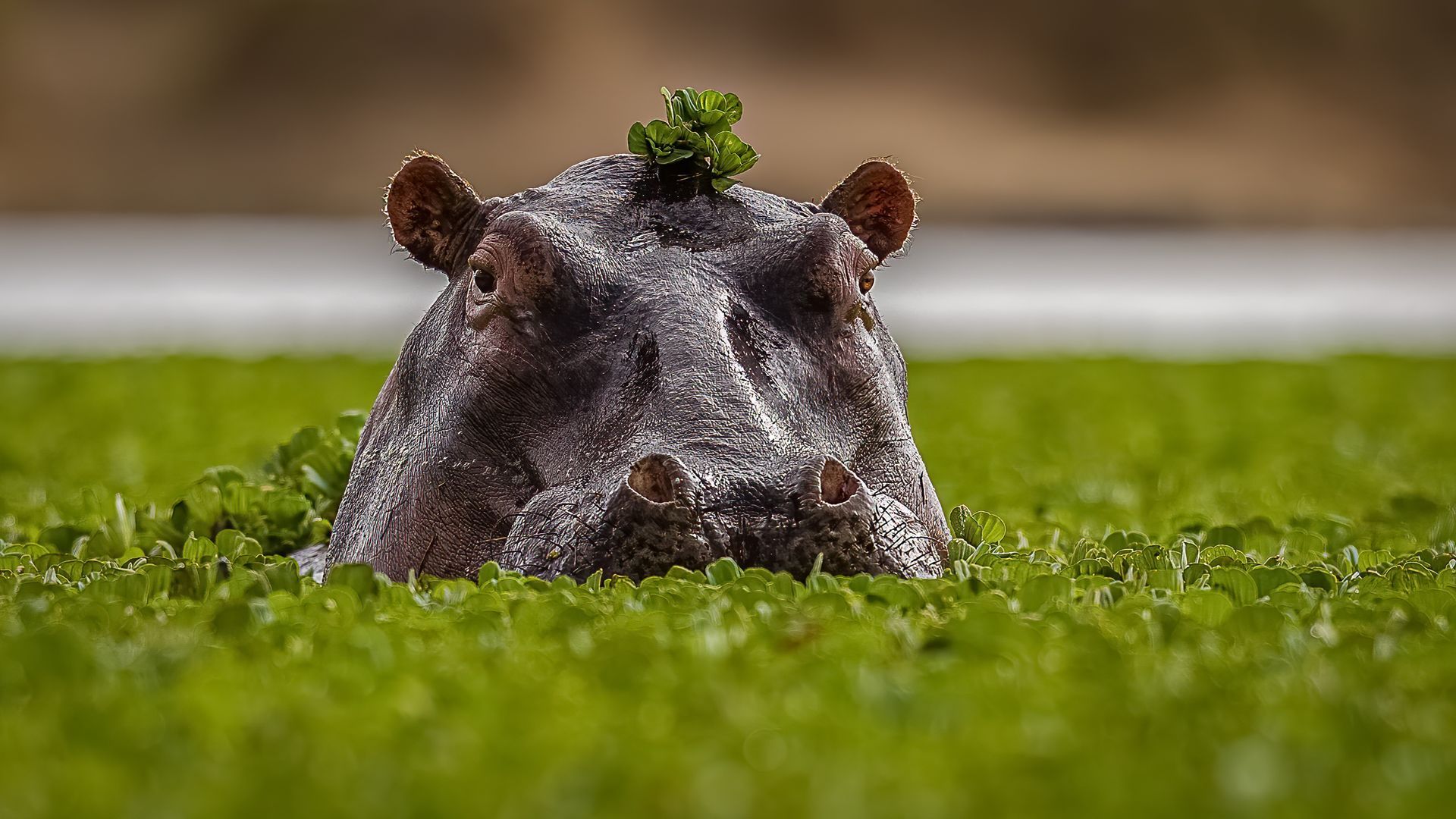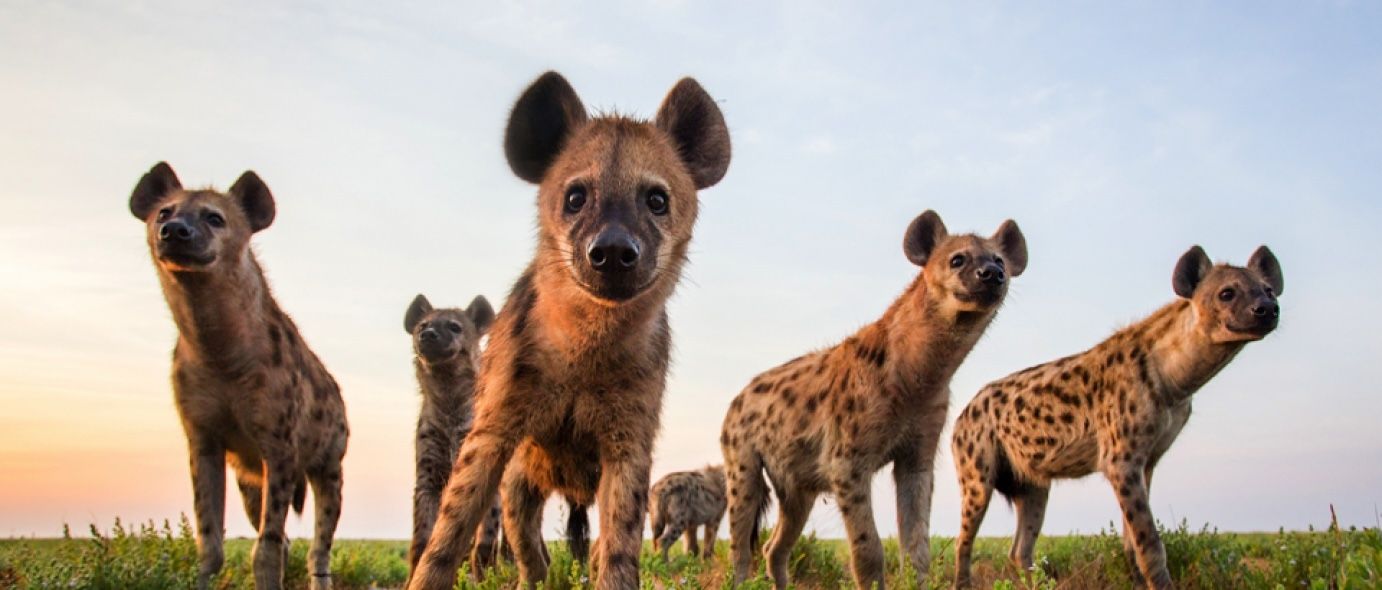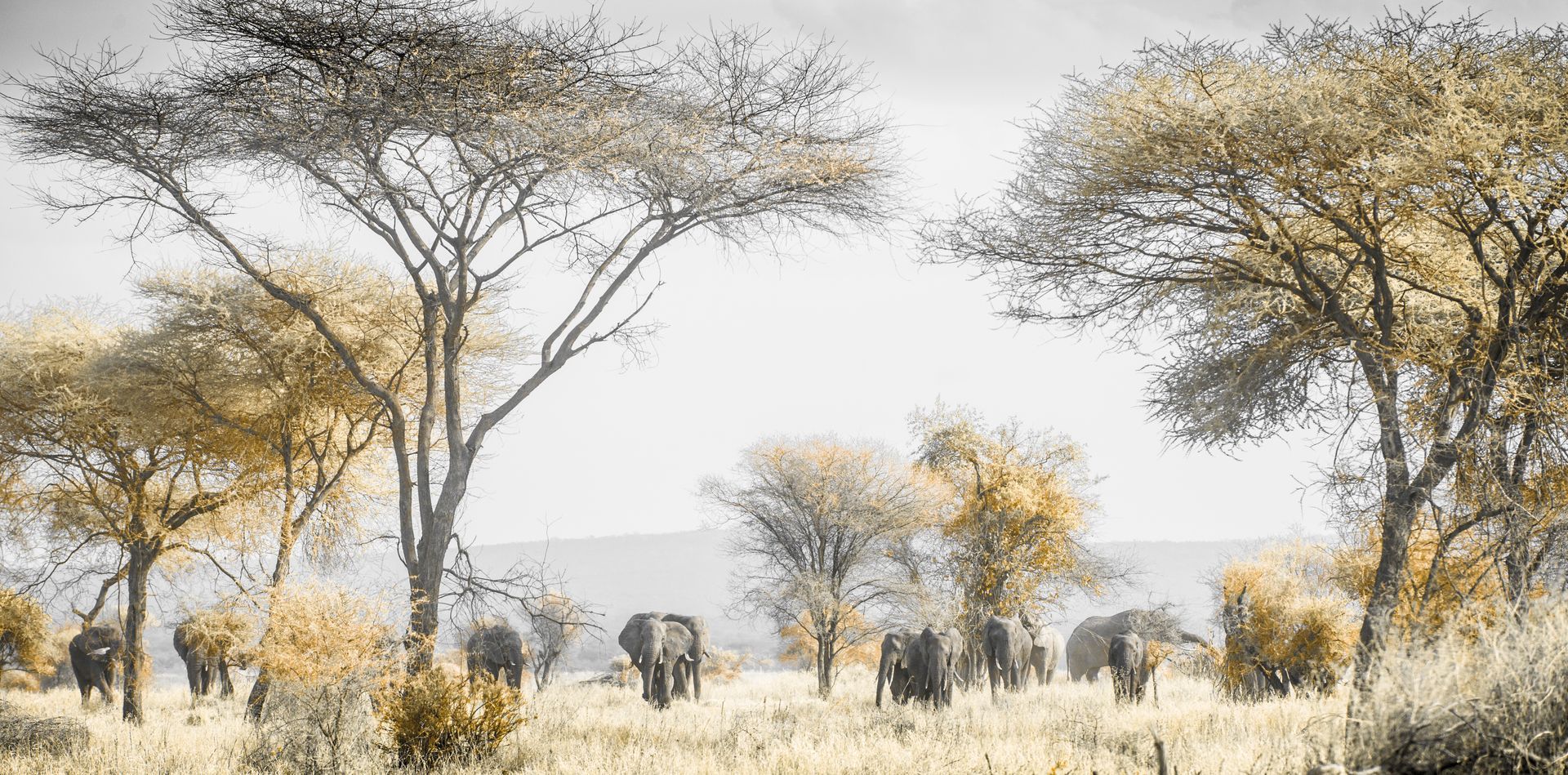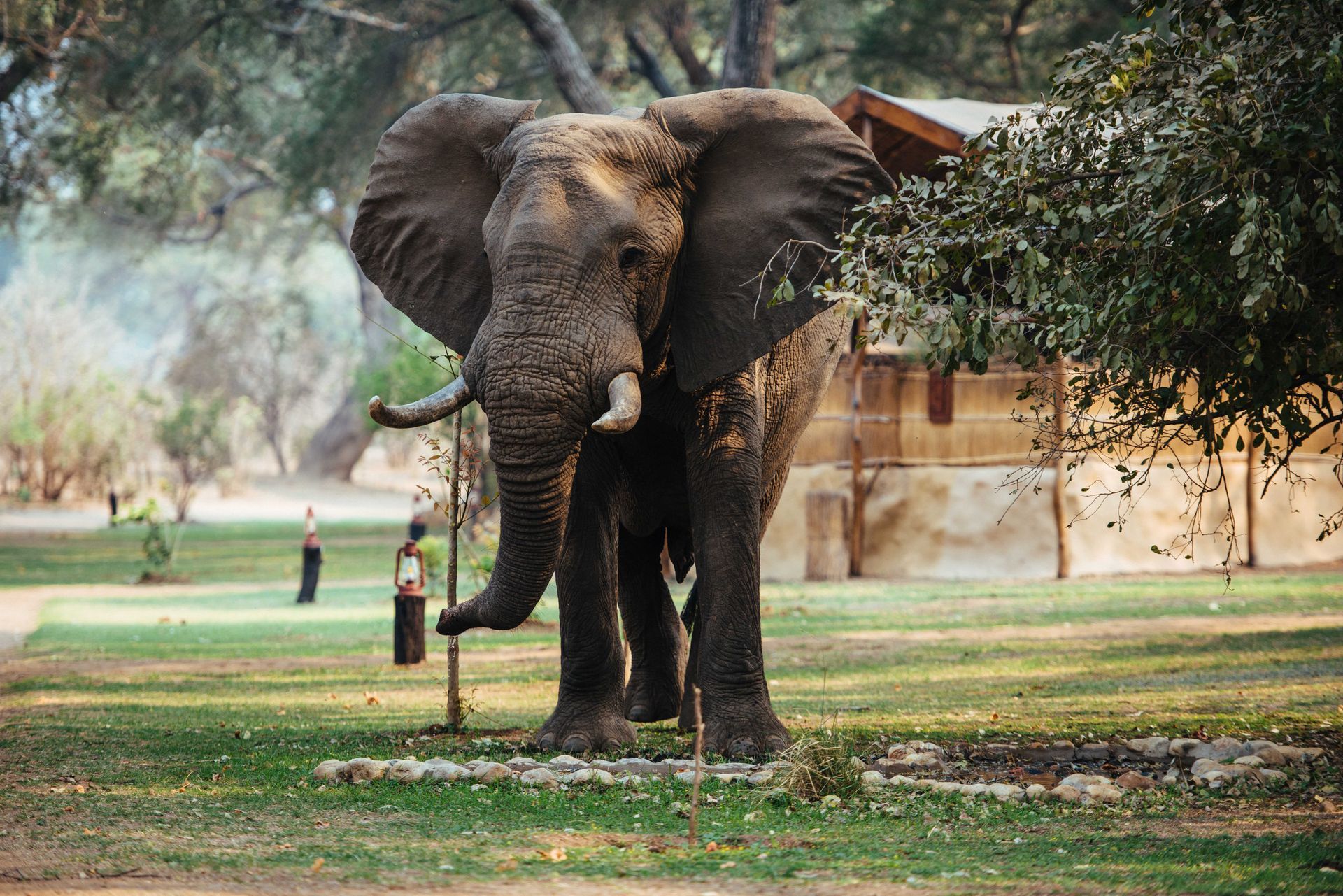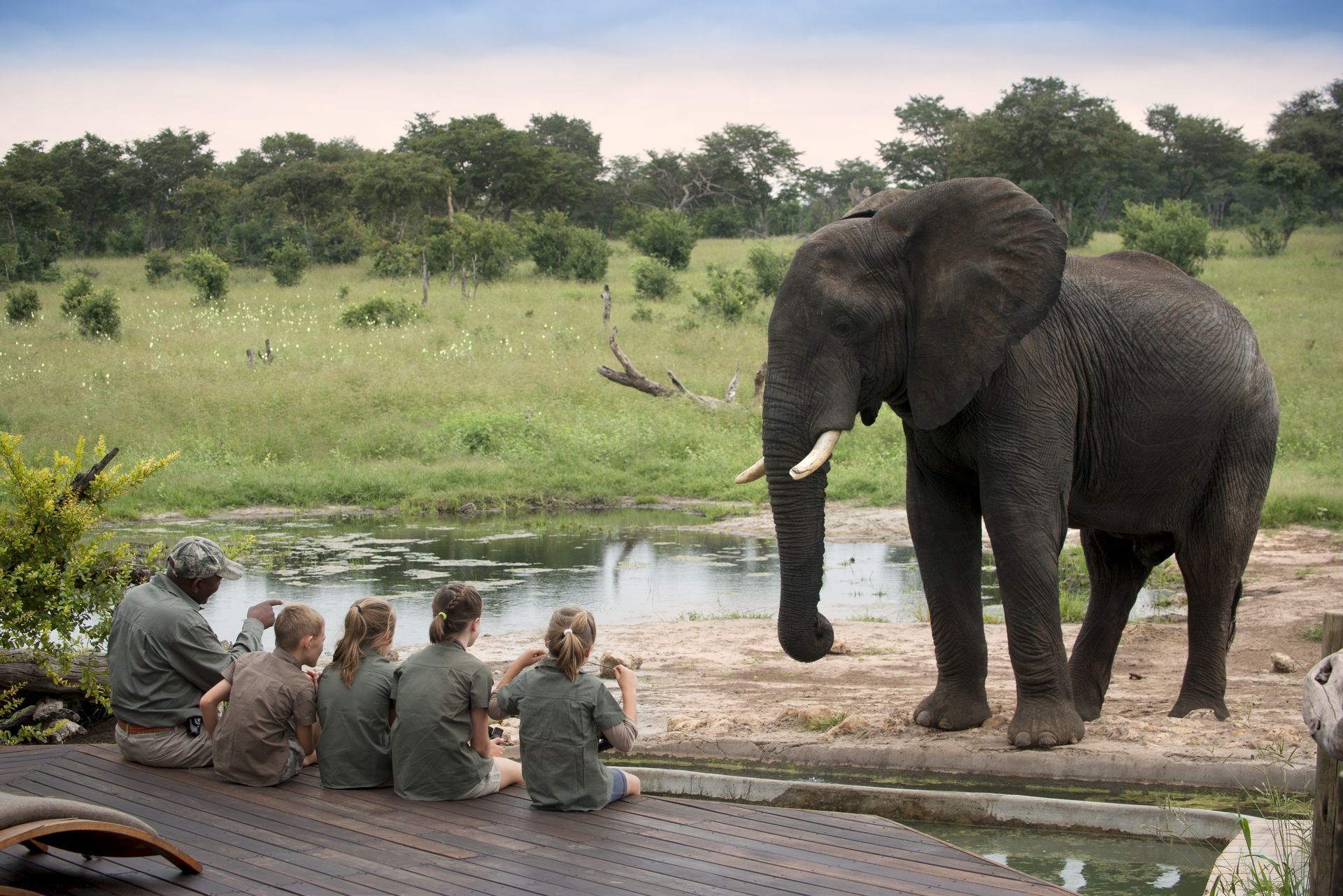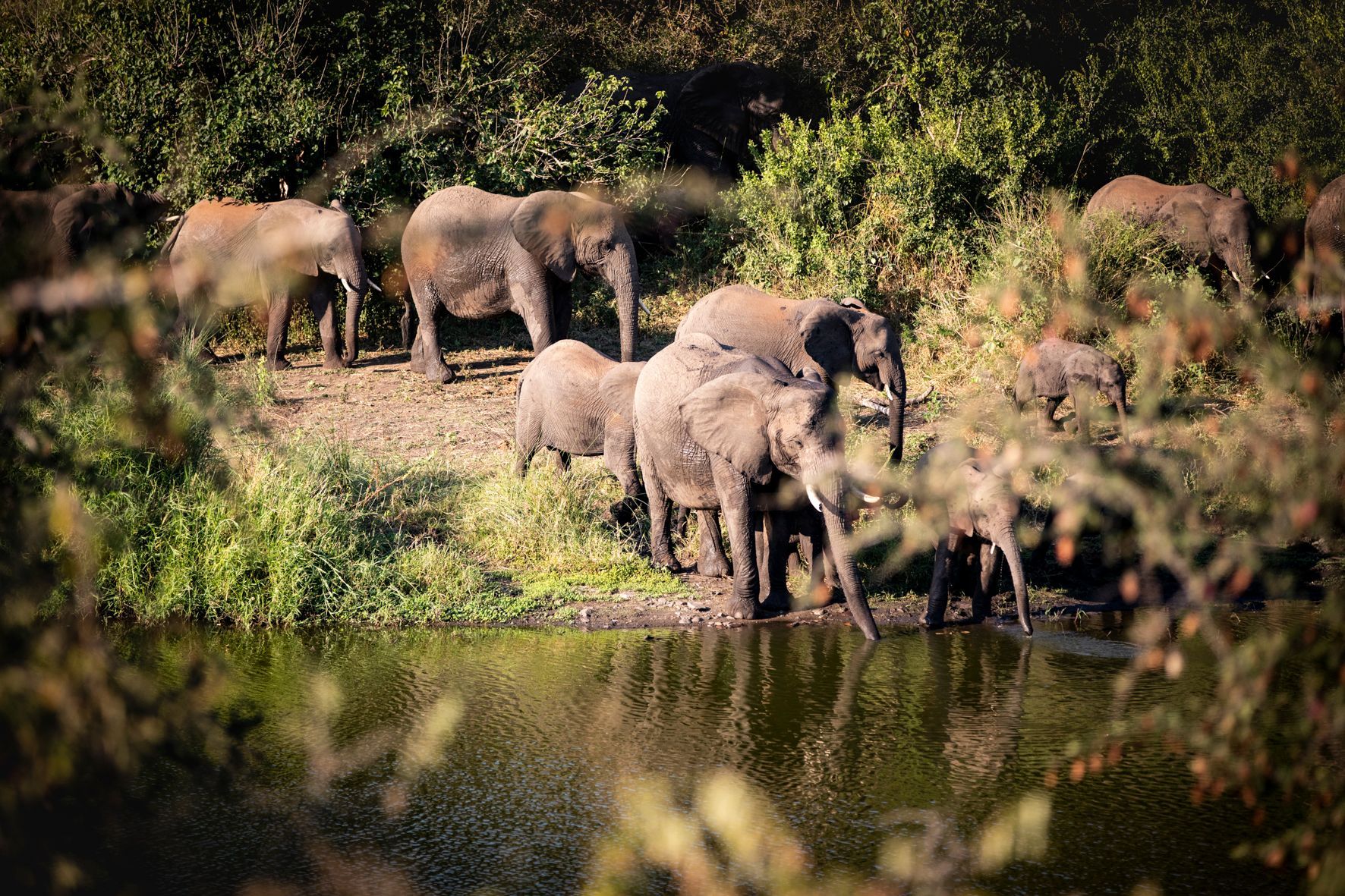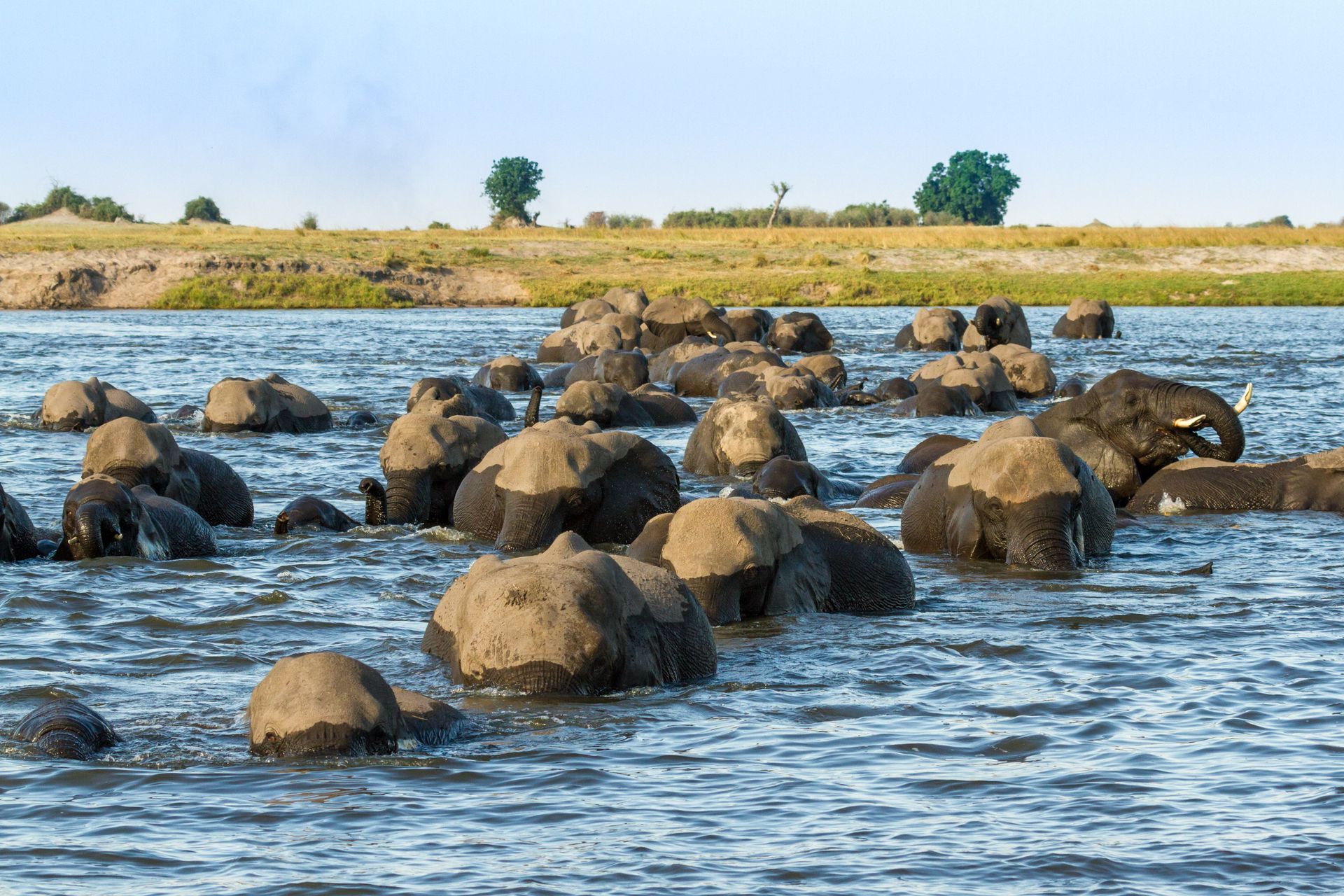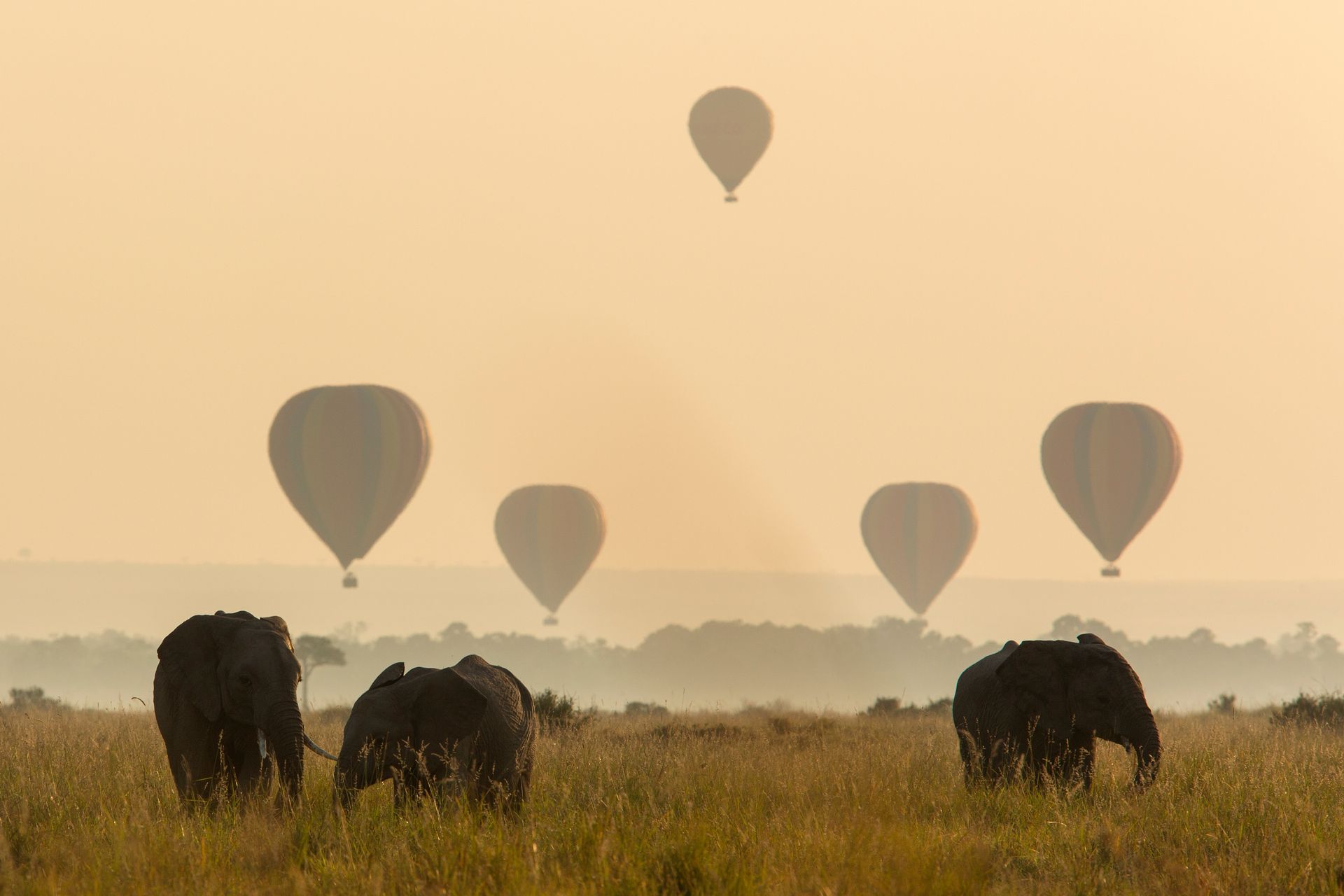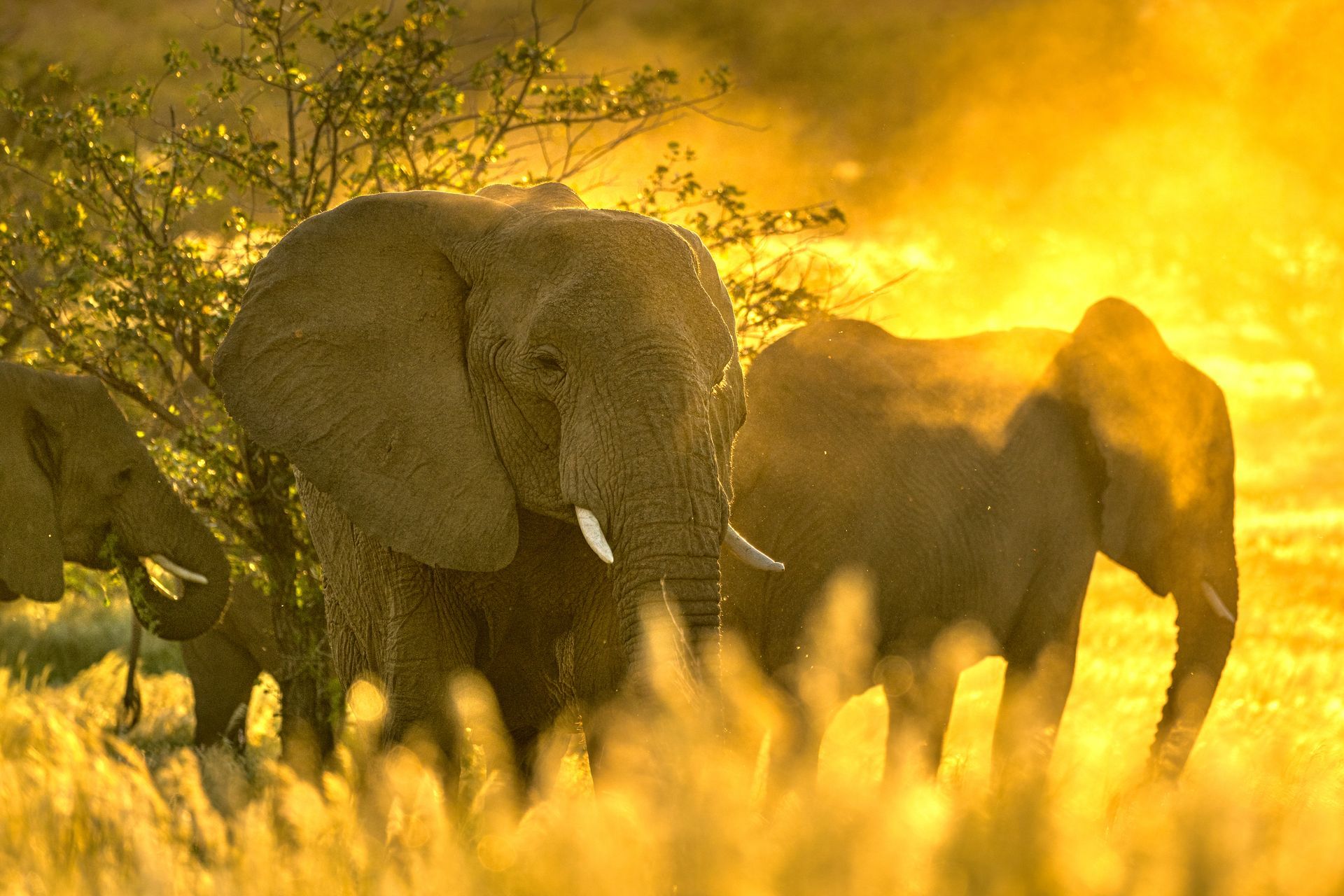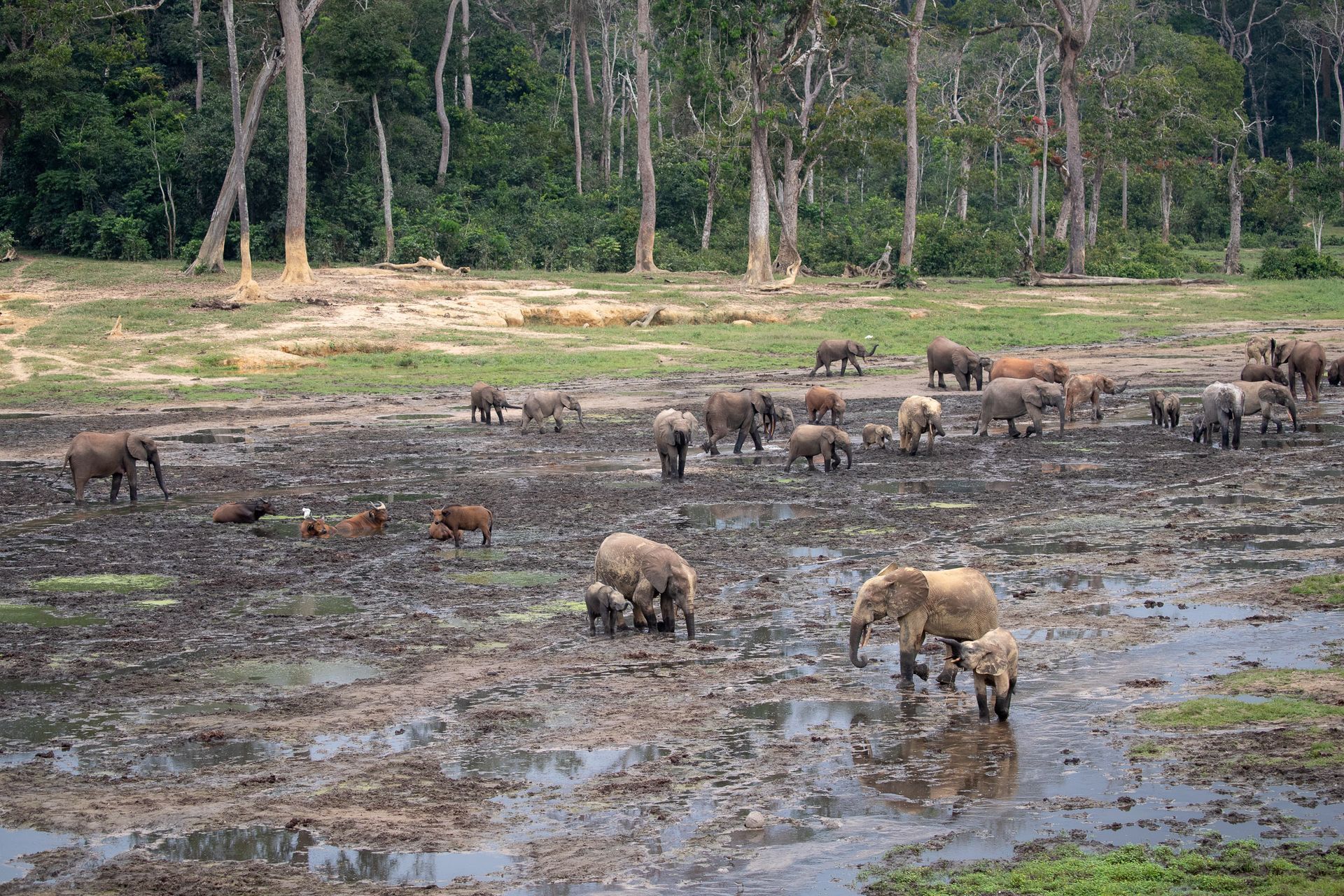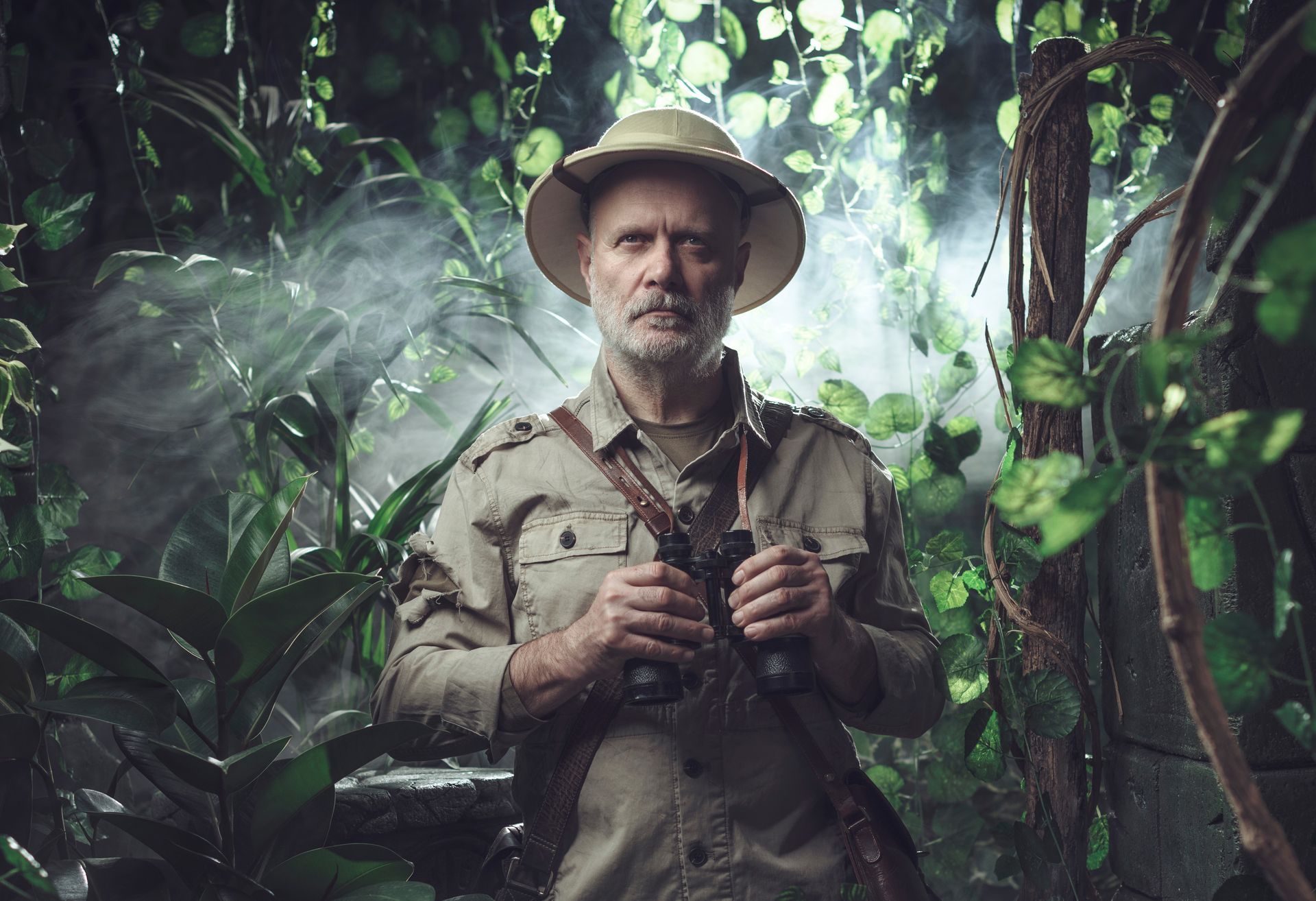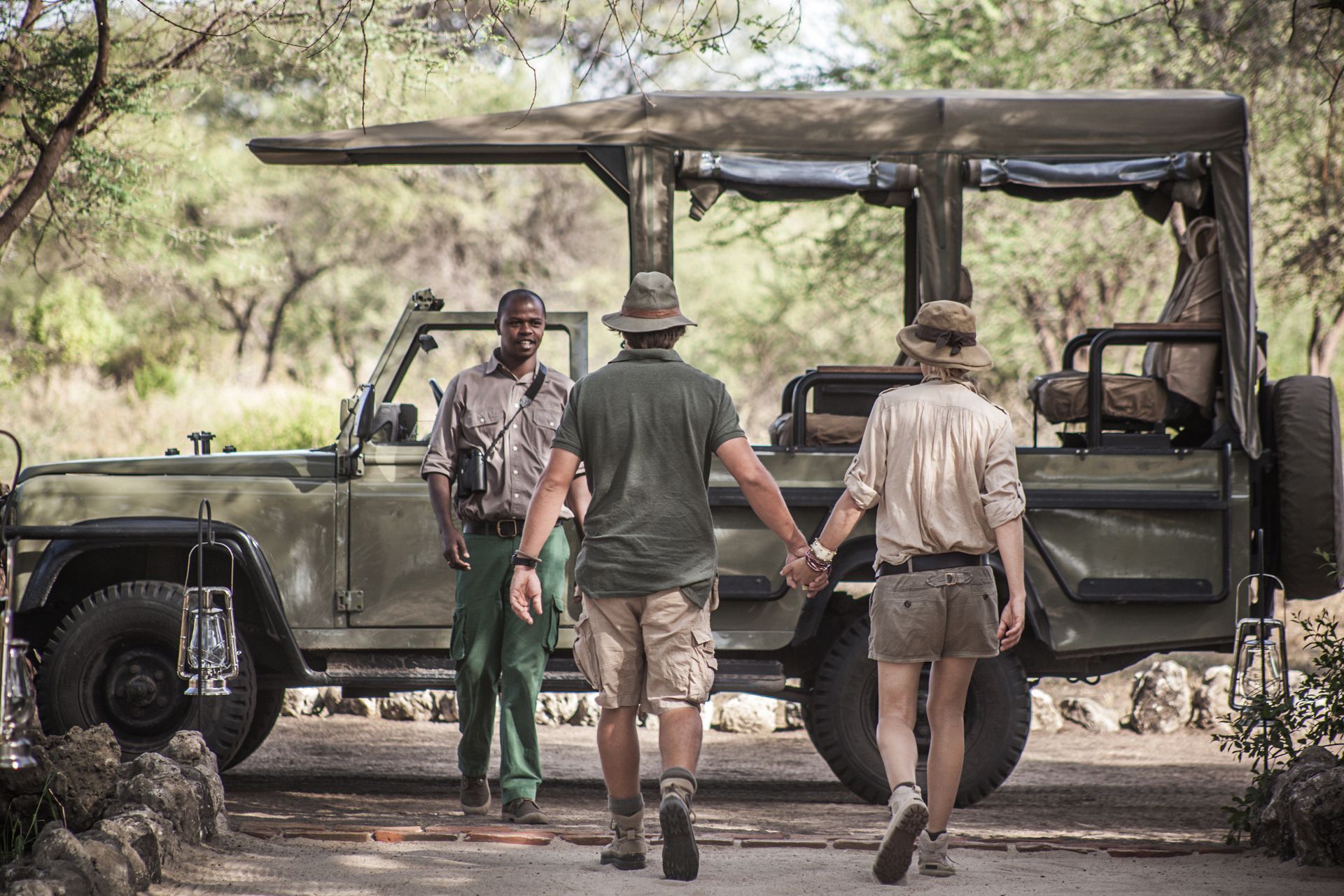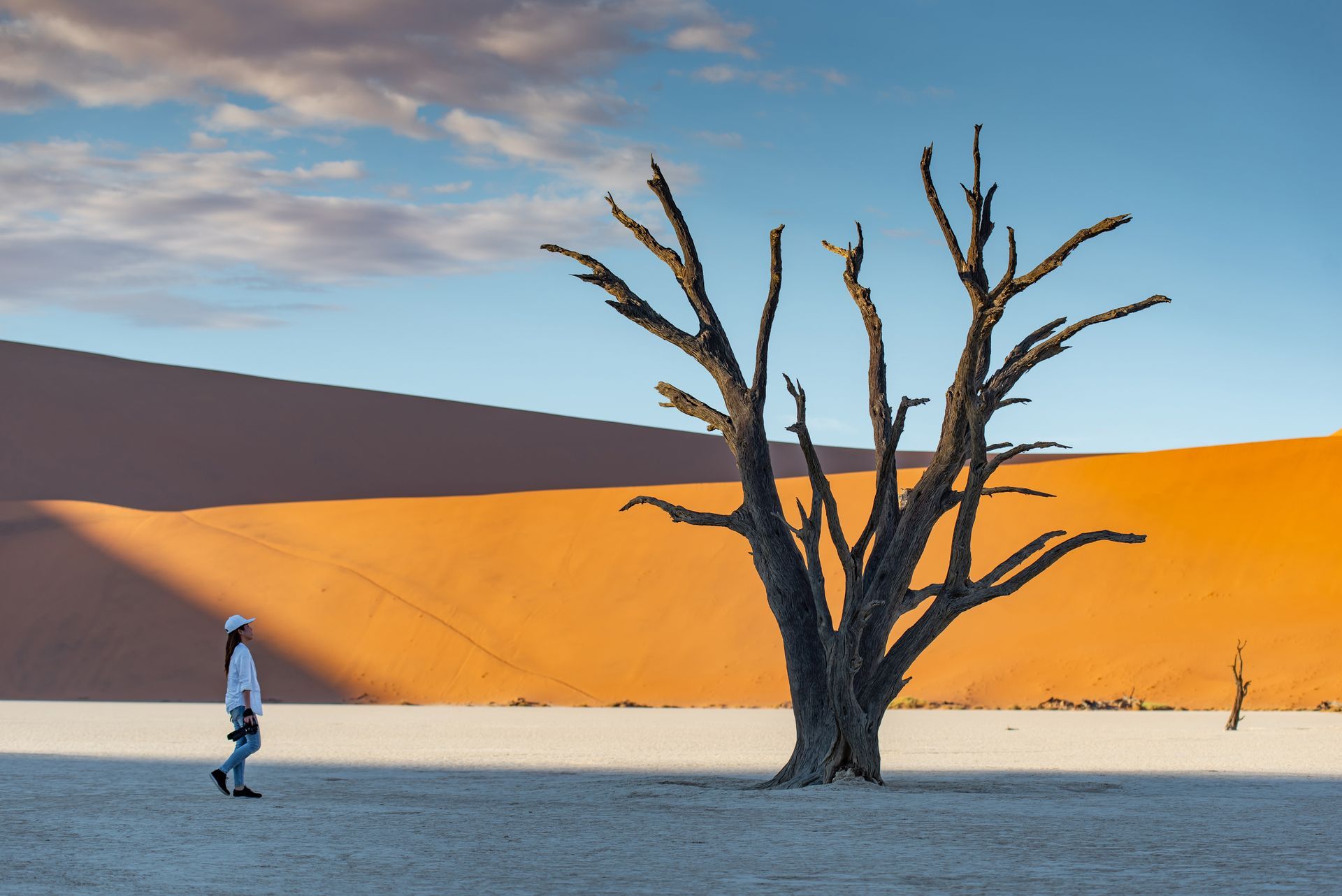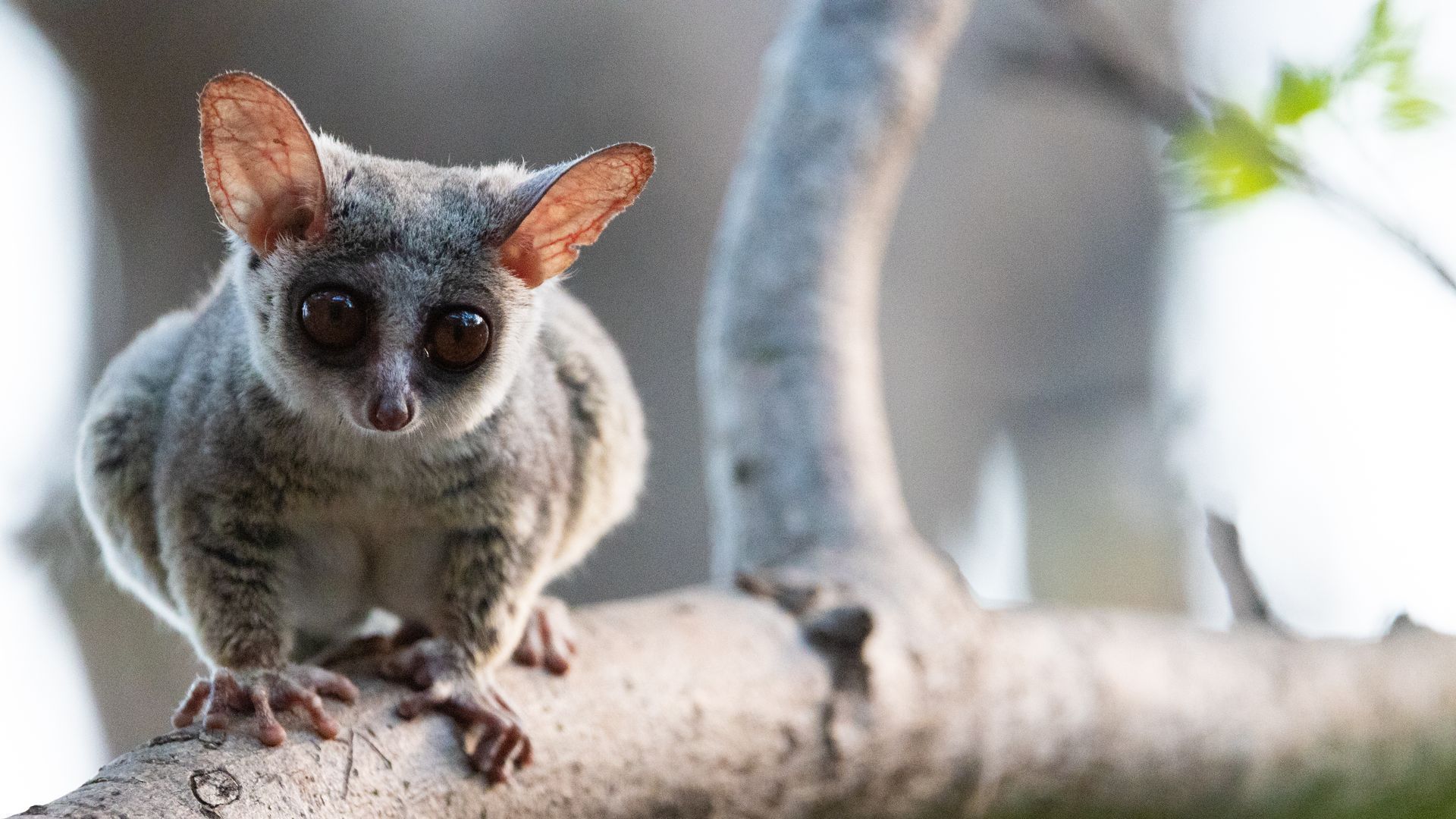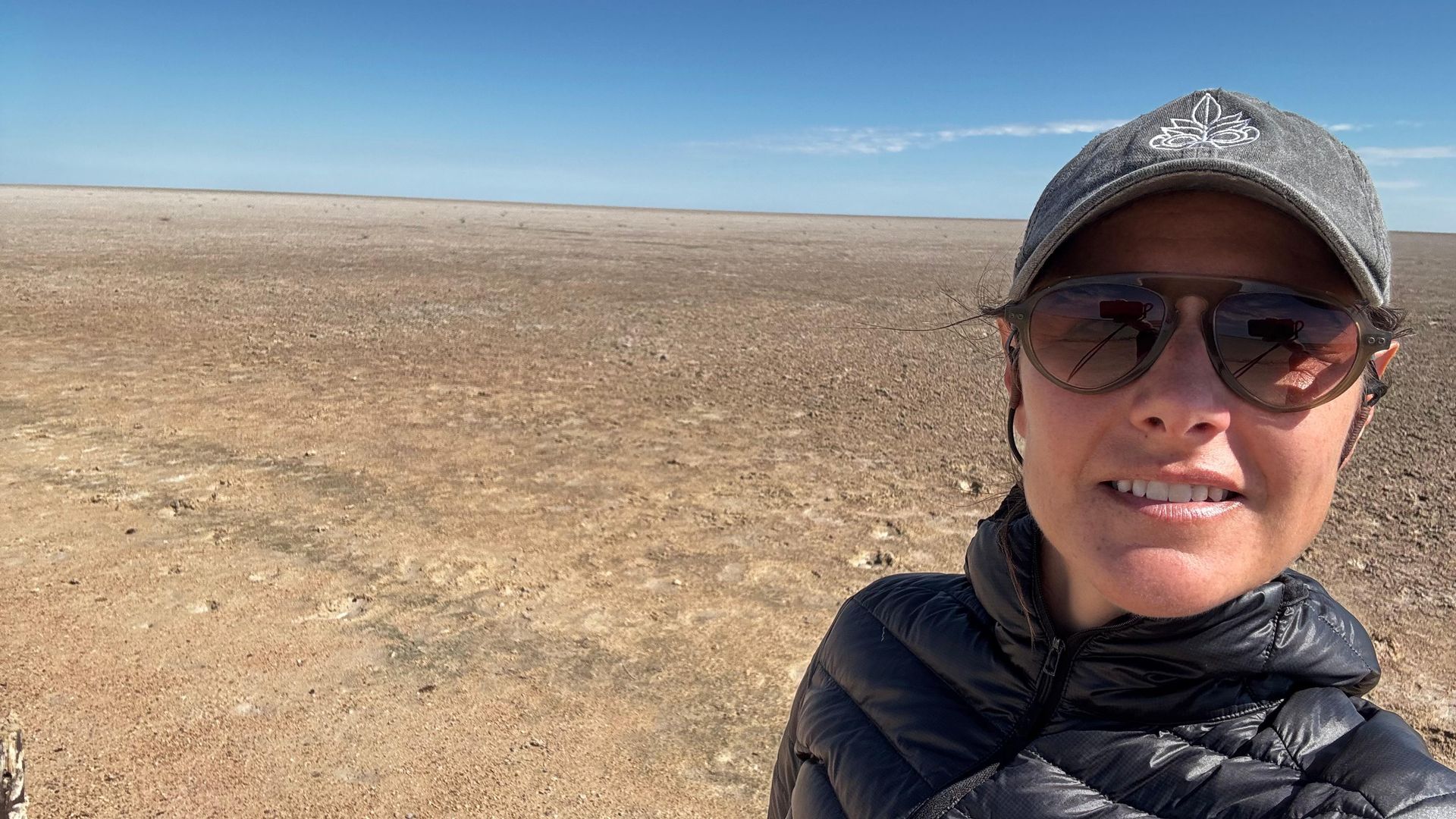We make no bones about it. We're ellie fans. What's not to love? They're enormous, impressive, intelligent, in possession of untapped ancient wisdom, caring, gentle (unless provoked), captivating and just jaw-droppingly majestic. And their huge ears are shaped like Africa. How's that for appropriate?
No other animal better embodies the essence of the African wilderness and what it means to be free. Whoever decided that the lazy lion is the "king of the jungle" obviously hadn't met a wild African elephant in the flesh and marvelled at its undiluted magnificence.
Elephantine facts
The facts speak for themselves. Measuring up to 9m from trunk to tail and weigh more than six tonnes, standing as tall as 4m at the shoulder, African elephants are clever, emotional (sometimes to their detriment), self-aware and highly social. Related cows and their offspring stay together for life in tight-knit family herds, while juvenile bulls are sent packing as soon as they reach sexual maturity.
The equivalent of human teenaged boys, they then team up with adult bulls who teach them what's what and knock some sense into them, disciplining them and giving them all the tools they need to be productive members of the elephant kingdom. Once they reach adulthood, they spend their lives either alone or in loose bachelor groups, occasionally spending time with family herds.
Long lives
They can live to 70 years old and are what's known as keystone species, playing a important and sometimes pioneering role in the environments they inhabit, preventing bush encroachment and coppicing as they go. It's this tendency to cut trees down to ground level, seen as destruction by humans, that makes them so critical to biomes as it stimulates a strong vegetative response, encouraging new shoots to grow.
Those enormous ears can reach up to 1,5m long. Flapping them helps to keep an elephant cool, thanks to the network of veins and blood vessels that runs close to the surface of the skin behind them. They're herbivores and eat a mixed diet of leaves, fruit, grasses, twigs and tree bark. But they only digest around 40% of what they eat, which means they eat a lot. All day. Every day.
Baby bonds
Their gestation period - at 22 months - is the longest in the world and calves are dependent on their mothers for the first few years of life, who nurse them until they are around four years old. Like us, elephants are very tactile and touch their calves and one another regularly to reassure and cement familial bonds.
Elephants will only ever walk at the pace of their slowest herd member, with babies surrounded by the rest of the family as added protection from both the elements and would-be predators.
Teeth and noses
Elephants' teeth are unique. Their tusks are modified incisors which continue to grow throughout their lives, but apart from these most noticeable teeth, they have only molars with large, flat, ridged surfaces perfect for grinding.
They go through six sets of these molars during their lives. As soon as they wear out another set moves forward from the back of the jaw to replace them. However, when the last set wears out, the elephant will slowly starve to death as it can no longer chew the amount of food it needs to stay alive.
It's their elongated noses that set them apart, of course. There are around 40,000 muscles in an elephant's trunk, which acts as a mouth, nose and hands combined. It's used for breathing, smelling, touching and hugging as well as eating and drinking, picking things up, pushing things down, dispensing a hiding when needed and acting as a built-in snorkel when swimming (which elephants just LOVE). It's a natural straw, sucking up as much as 9l of water at a time that's then squirted into the mouth. Strong enough to topple a tree, it's also sensitive enough to pluck a single blade of grass.
Yes, they remember everything
The old adage of elephants never forgetting is far from a myth and they are renowned for their incredible recall abilities. Matriarchs remember a vast network of trails and watering holes and how to navigate them depending on the season. All of this knowledge is handed down generationally, passed on from matriarch to matriarch, forming the most extensive and ancient database we humble humans are aware of.
That's what makes elephants stand head and shoulders above other animals in our book - that almost mystical relationship to one another, their ancestors and Africa itself that allows them to be repositories of a continent's entire natural history, gathered over millions of years of roaming the vast expanses of its breathtaking landscapes. What a gift. And how sad that in spite of these incredible attributes, we lose an African elephant every 15 minutes to the scourge of ivory poaching. That's 100 elephants a day wiped out thanks to nothing more than ignorance and greed, and with them a little more of that knowledge is lost. Forever.
All of which makes seeing them in their natural habitat an absolute privilege.
So, where's best to see elephants?
If you want to spend serious time with elephants, and lots of them, then you'll need to chat to us about safaris to Chobe and the Okavango Delta in Botswana, Mana Pools and Hwange in Zimbabwe, the Lower Zambezi and South Luangwa in Zambia, Tarangire and the Serengeti in Tanzania, South Africa's Greater Kruger National Park and unique, desert adapted elephants in Namibia.
The African elephant's smaller and even more endangered cousin, the forest elephant, can be seen in the rainforests of the Congo, most notably at Dzanga Bai in the Central African Republic, easily accessed by Sangha Lodge.
